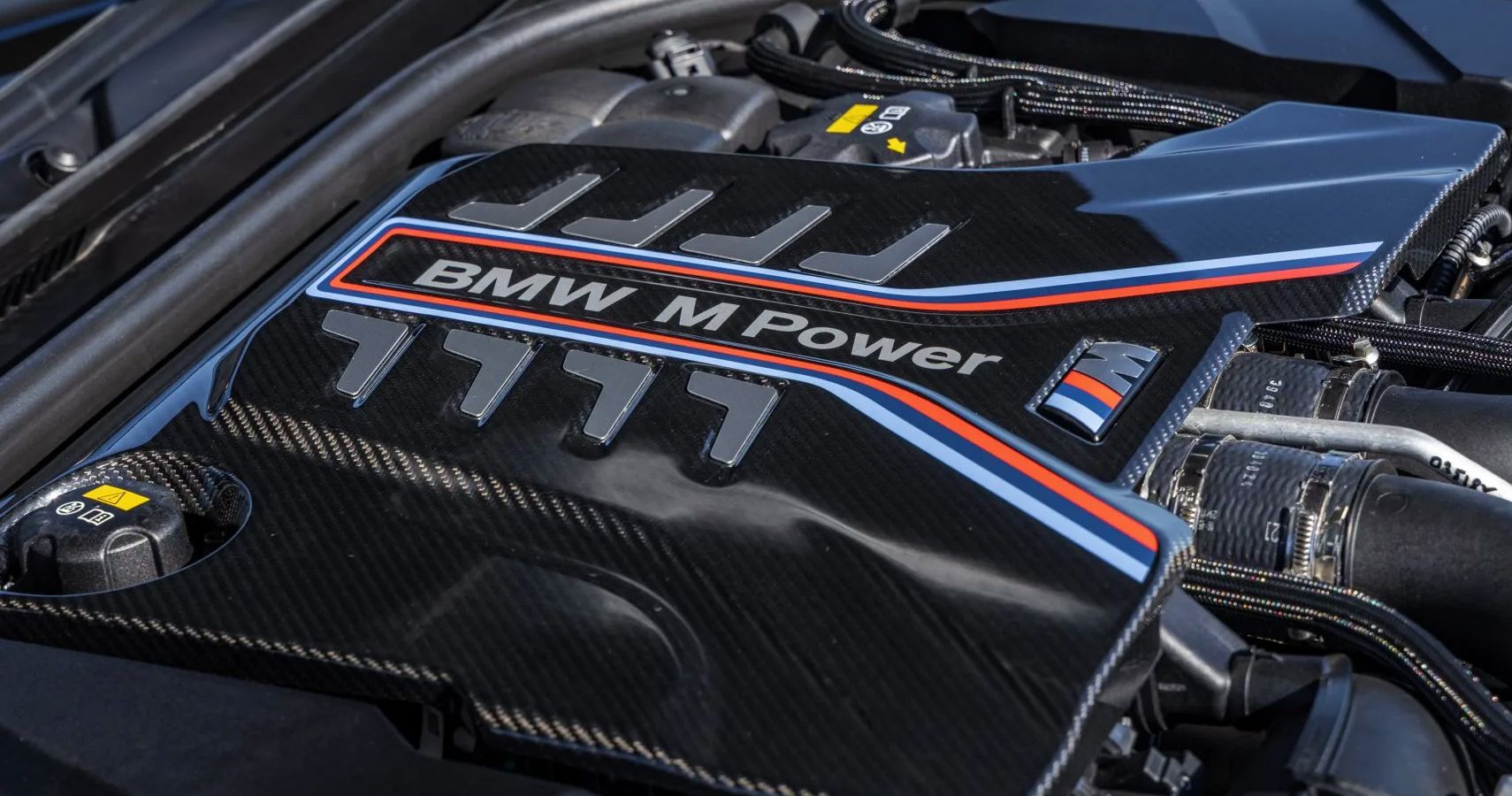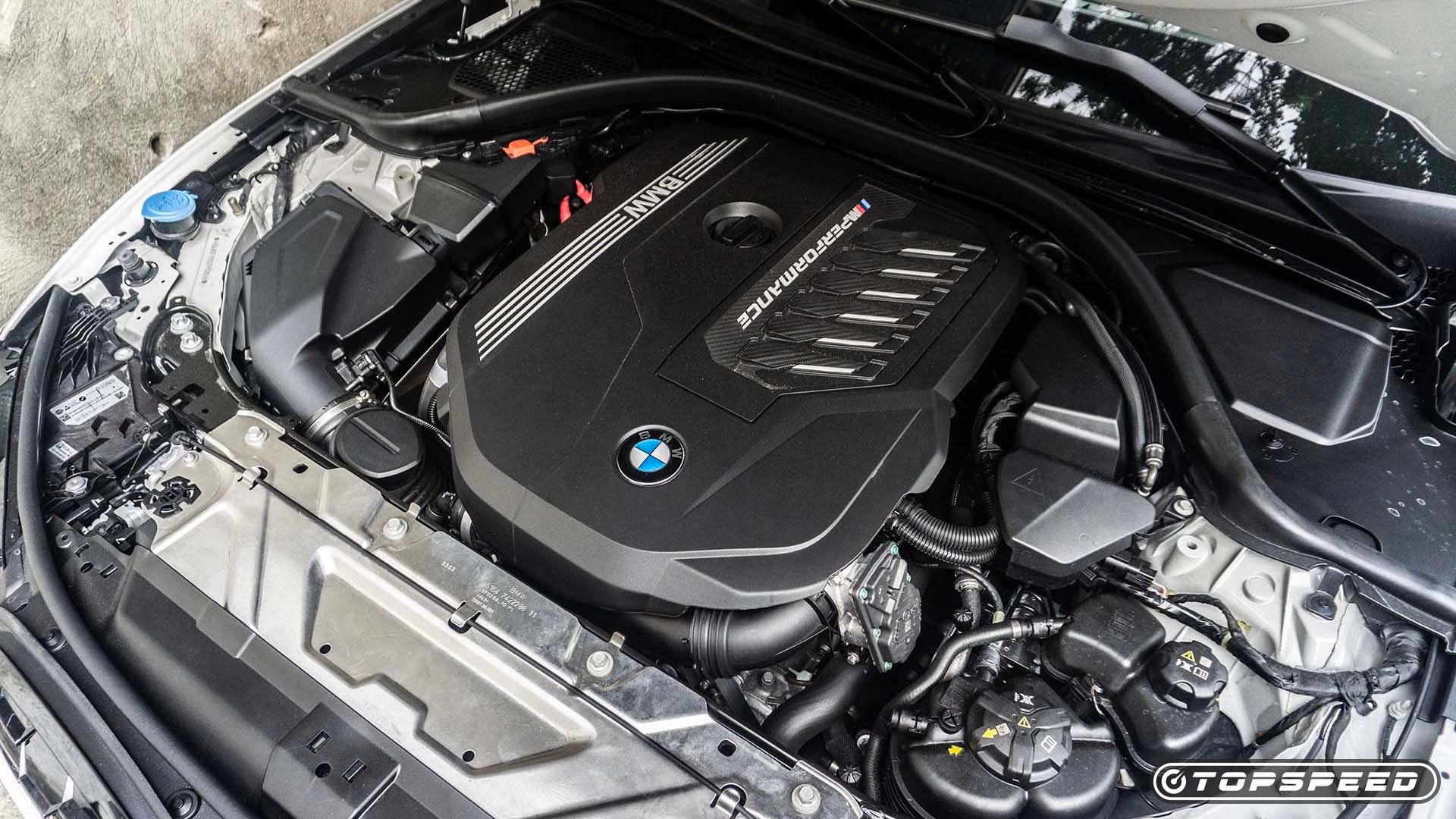Introducing the Intricacies of Next-Generation Power Units: a Deep Study Advanced Engine Styles and Innovations
As we stand on the precipice of a brand-new period in transportation, the details of next-generation engine styles bid us to discover the innovative technologies and technologies that promise to redefine the driving experience. Diving much deeper into the realms of exhaust control, intelligent engine monitoring systems, and the horizon of power device development, we discover ourselves on the cusp of a transformation that guarantees to improve the landscape of movement as we know it.
Development of Engine Products

The shift in the direction of progressed engine products has also allowed designers to develop engines with higher power outcomes while keeping gas performance criteria. As an example, the usage of light-weight products lowers the total weight of the engine, resulting in enhanced gas economic climate and lower exhausts. Additionally, improvements in materials modern technology have allowed for far better thermal monitoring within engines, causing raised reliability and long life.
Turbocharging and Supercharging Technologies
Just How do Turbocharging and Supercharging Technologies reinvent engine efficiency and effectiveness in modern automobiles? Turbocharging and supercharging are technologies that substantially improve engine performance by increasing the quantity of air intake into the burning chamber. Turbocharging attains this by using a generator driven by exhaust gases to pressurize the intake air, while supercharging makes use of a belt- or chain-driven compressor to achieve the very same result.
These technologies enable smaller, a lot more fuel-efficient engines to produce power equal to larger ones, referred to as downsizing. By requiring more air right into the cylinders, turbocharging and turbo charging improve burning performance, resulting in raised horsepower and torque result without a substantial boost in engine size. This brings about better acceleration, lugging capacity, and total driving performance.
In addition, turbocharging and turbo charging add to enhanced fuel effectiveness by enabling the usage of smaller engines that eat less gas under typical driving problems - bmw engine. This mix of enhanced performance and effectiveness has actually made turbocharging and supercharging important parts of several modern engine styles
Discharge Control and Environmental Influence
With increasing global problems relating to air top quality and ecological sustainability, the implementation of emission control innovations in automobiles plays a vital duty in reducing damaging contaminants launched right into the environment. Modern vehicles are outfitted with sophisticated emission control systems that help minimize the environmental impact of automobile operations. Catalytic converters, for instance, are developed to convert hazardous gases such as carbon monoxide gas, nitrogen oxides, and hydrocarbons right into much less unsafe materials like co2 and water vapor.
Additionally, improvements in engine innovation, such as the combination of exhaust gas recirculation systems and careful catalytic reduction, have actually dramatically contributed to lowering emissions. These innovations operate in tandem to maximize burning performance and decrease the launch of damaging pollutants right into the air. In addition, the development of crossbreed and electrical cars represents a crucial action in the direction of lowering the general environmental impact of the transportation sector.
Intelligent Engine Monitoring Systems

Moreover, these systems allow lorries to fulfill rigid emissions criteria without compromising efficiency, providing a more eco-friendly driving experience. The combination of artificial intelligence and artificial intelligence capacities in engine monitoring systems continues to press the boundaries of what is possible, bring about further renovations in effectiveness, reliability, and general lorry performance. bmw engine. As vehicle modern technology breakthroughs, intelligent engine monitoring systems will play a vital role fit the future of transport towards a much more efficient and sustainable instructions
Future Trends in Power Device Advancement
As intelligent engine monitoring systems lead the means for boosted control and optimization in modern-day cars, future fads in this link power device growth are positioned to redefine the landscape of vehicle propulsion modern technologies. These alternate power resources use enhanced efficiency and performance while straightening with rigorous ecological laws.
An additional considerable trend is the integration of innovative products and producing techniques. Lightweight products such as carbon fiber and light weight aluminum are being utilized to lower total lorry weight, boosting fuel efficiency and efficiency. Furthermore, developments in 3D printing and additive manufacturing are enabling the production of intricate engine elements with higher accuracy and toughness.
Additionally, synthetic intelligence and equipment discovering are playing an important role in maximizing power device efficiency. These innovations enable real-time tracking and adaptive control, causing more reliable and trusted power shipment. Overall, future patterns in power device development are geared in the direction of performance, sustainability, and performance, driving the auto industry in the direction of a brand-new era of propulsion innovations.

Verdict
In final thought, the developments in engine materials, turbocharging, discharge control, and smart monitoring systems have actually paved the method for next-generation power devices. The intricate designs and developments in contemporary engines display the continuous evolution of automobile innovation.
Discovering the dynamic advancements in engine materials has been critical in improving the efficiency and effectiveness of contemporary engines. Over the years, the development of engine products has played a crucial role in pushing the boundaries of what engines can achieve.The shift towards advanced engine materials has actually likewise allowed engineers to develop engines with read more higher power outputs while maintaining fuel efficiency standards.The execution of smart engine monitoring systems in contemporary cars has transformed the way engines are controlled and maximized for efficiency and effectiveness. By gathering data in real-time and analyzing it with sophisticated formulas, intelligent engine management systems can adapt to driving designs, environmental factors, and engine wellness to make best use of power outcome while reducing gas intake and discharges.